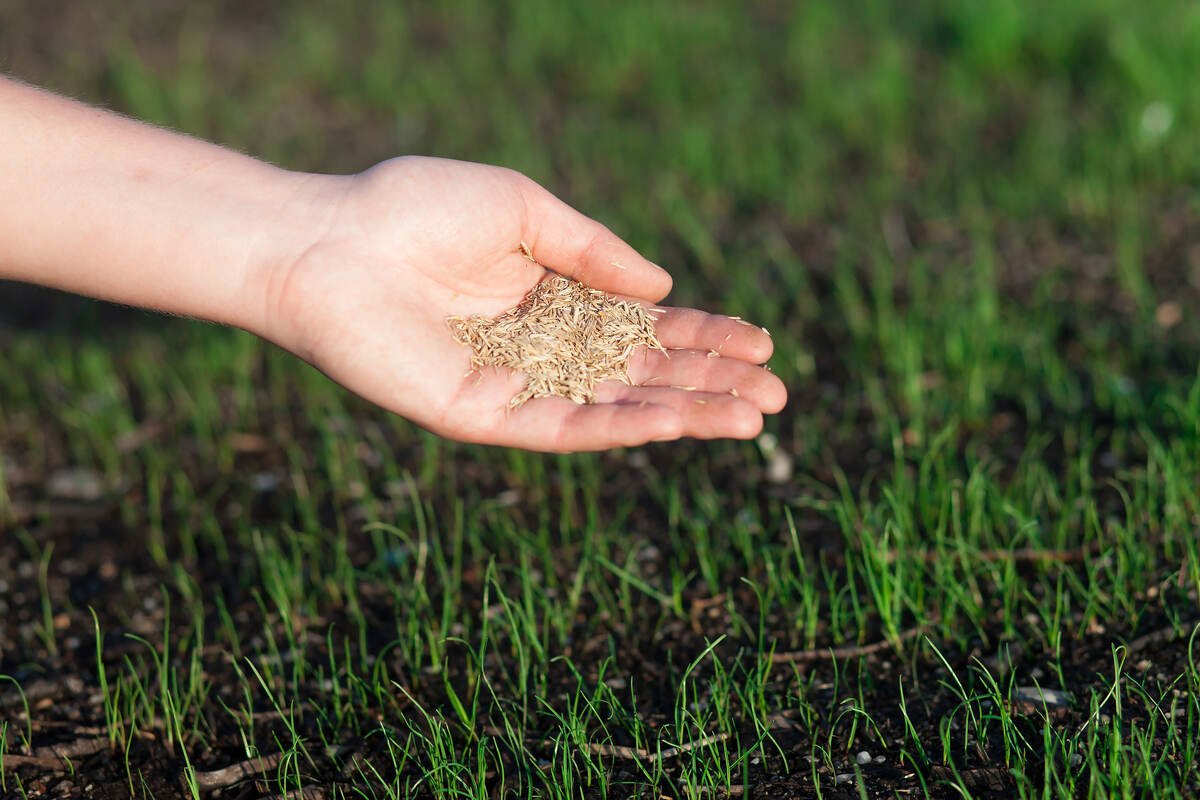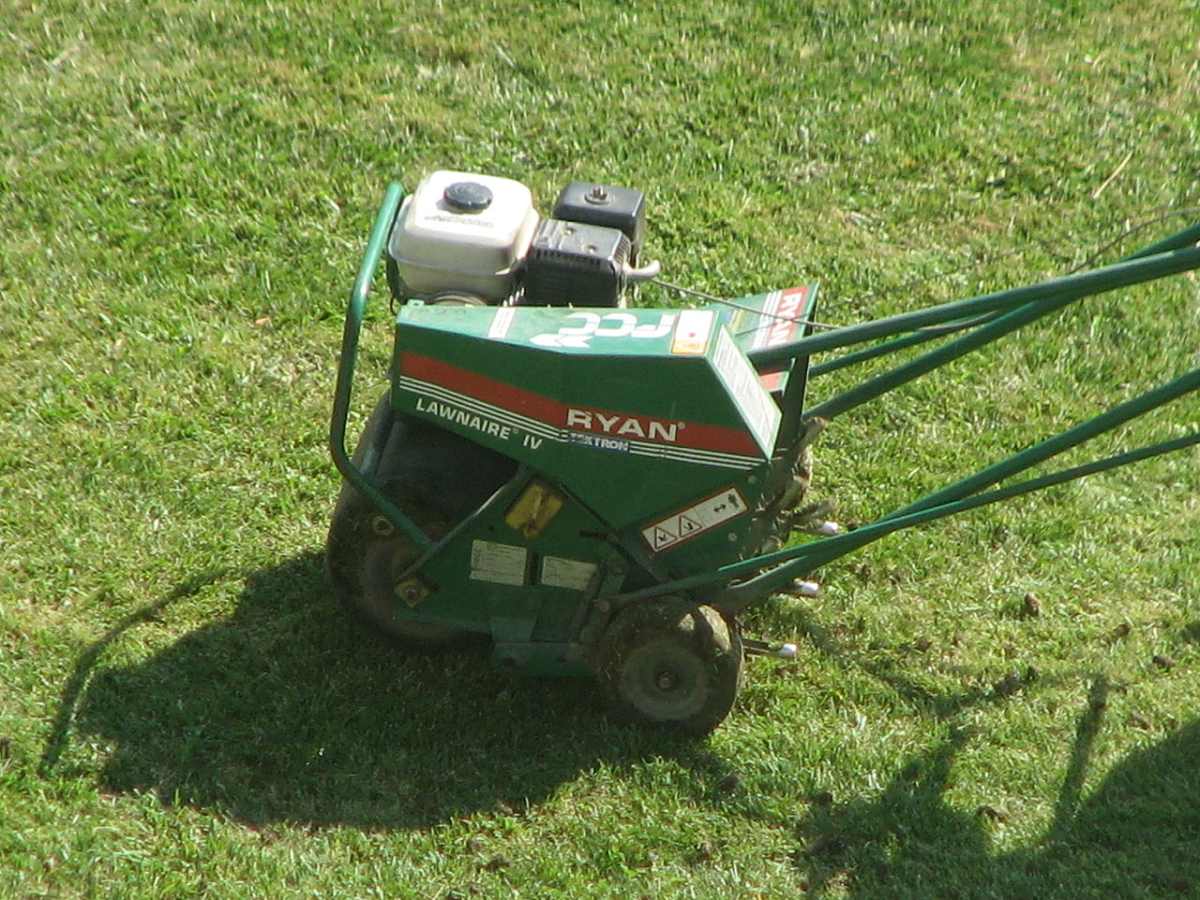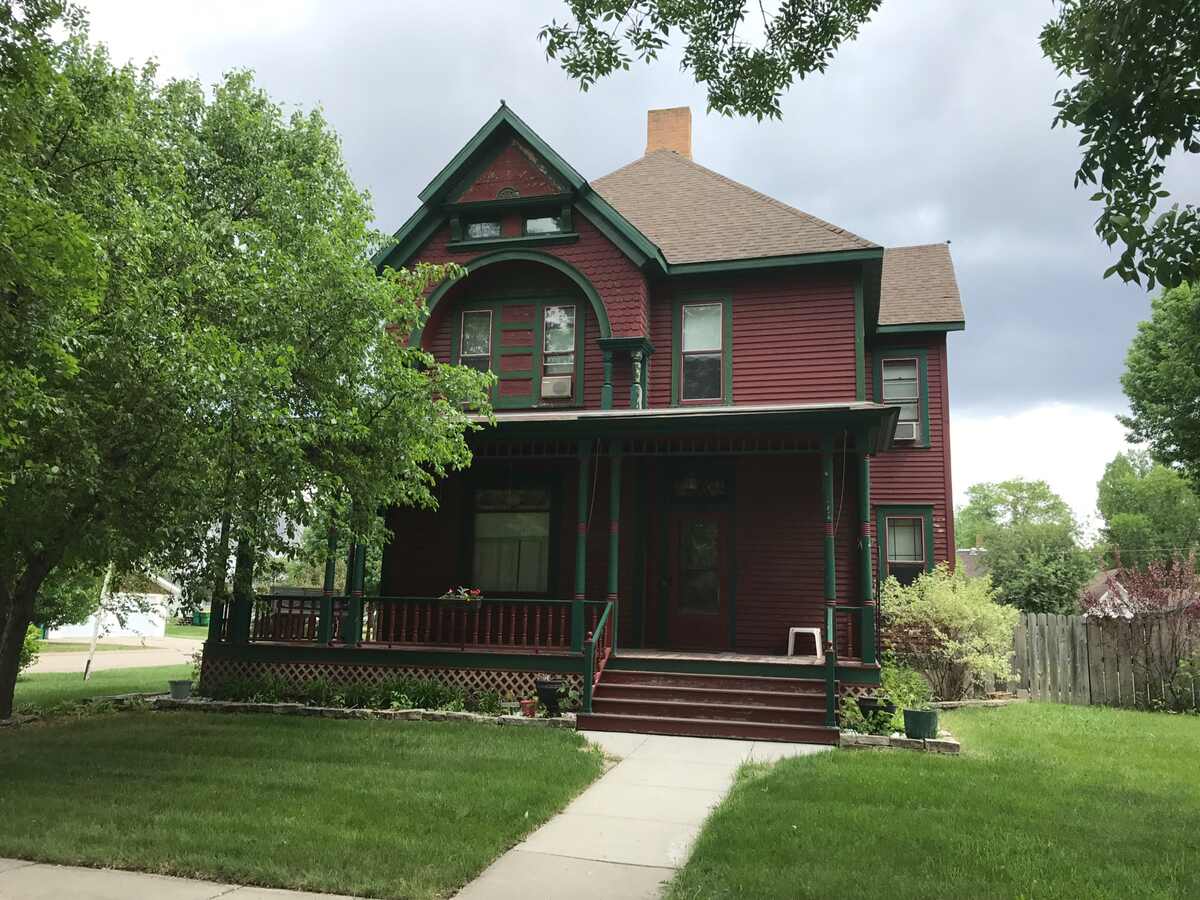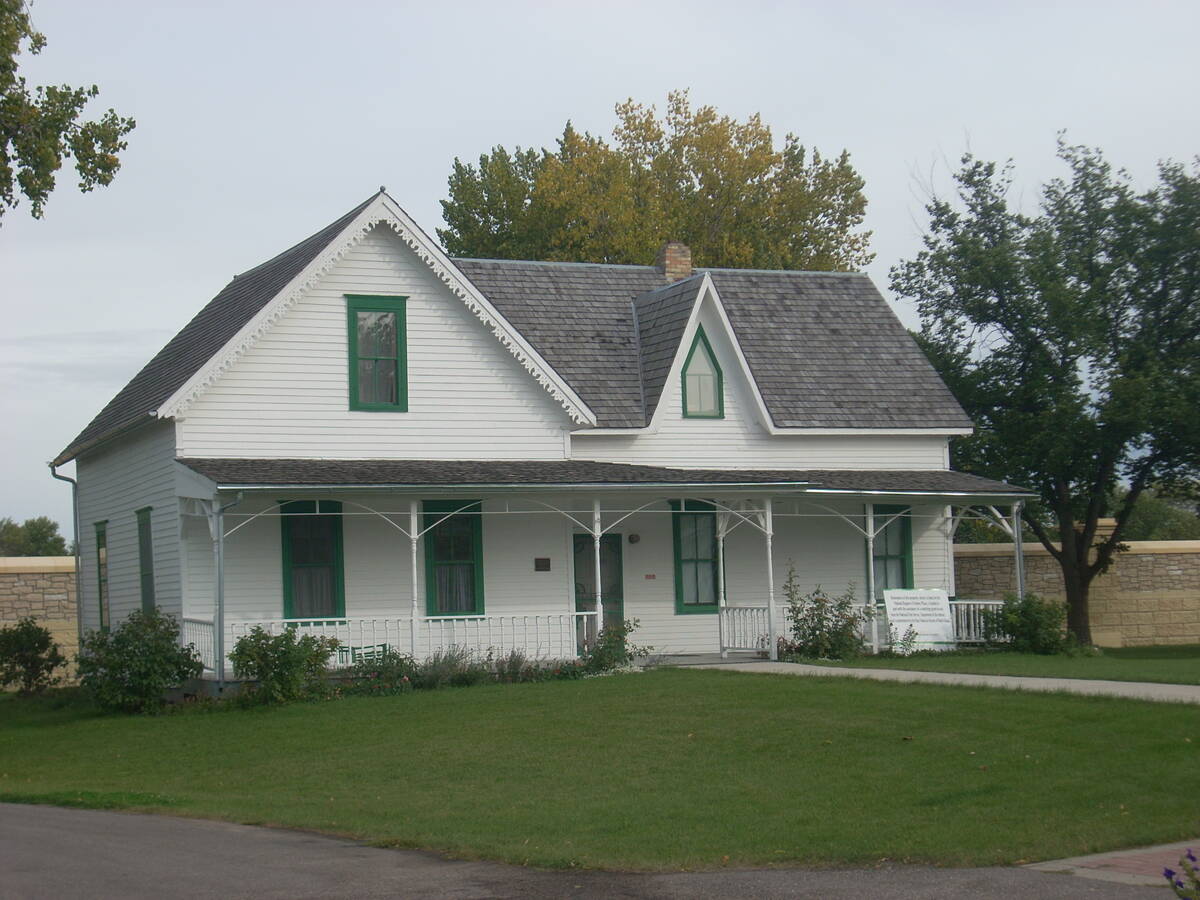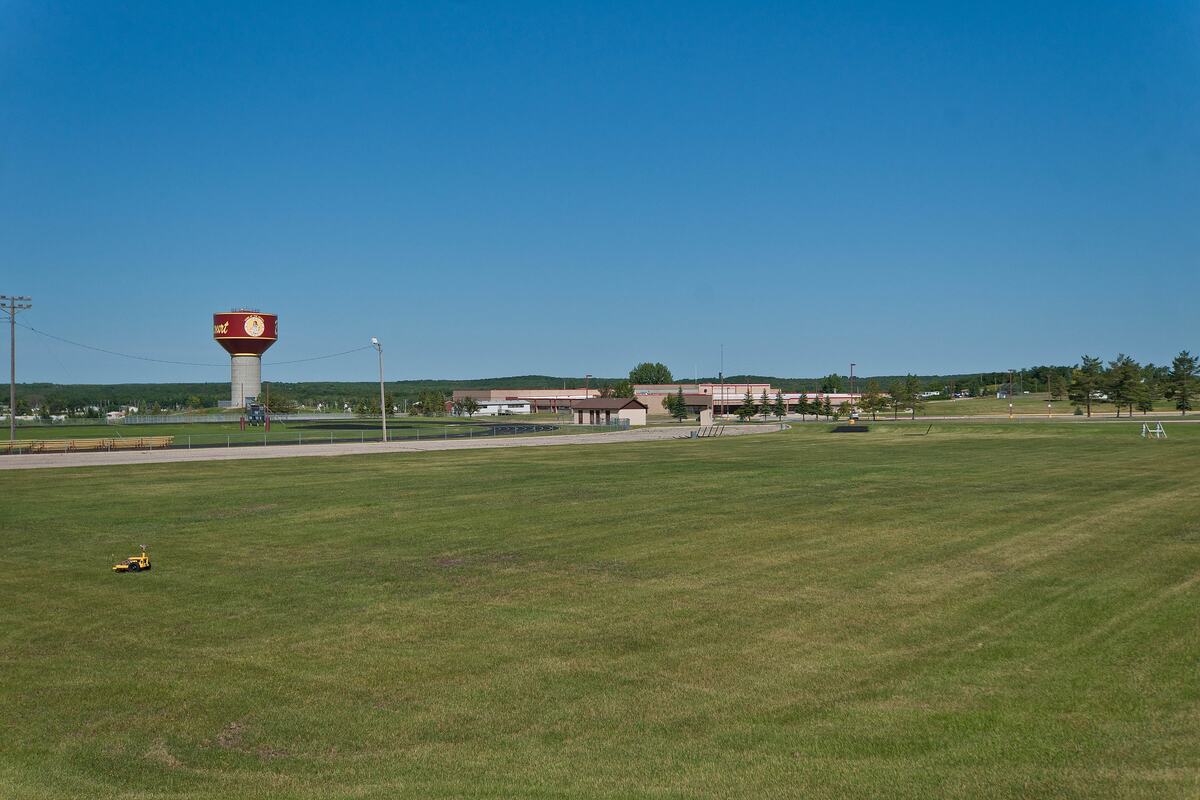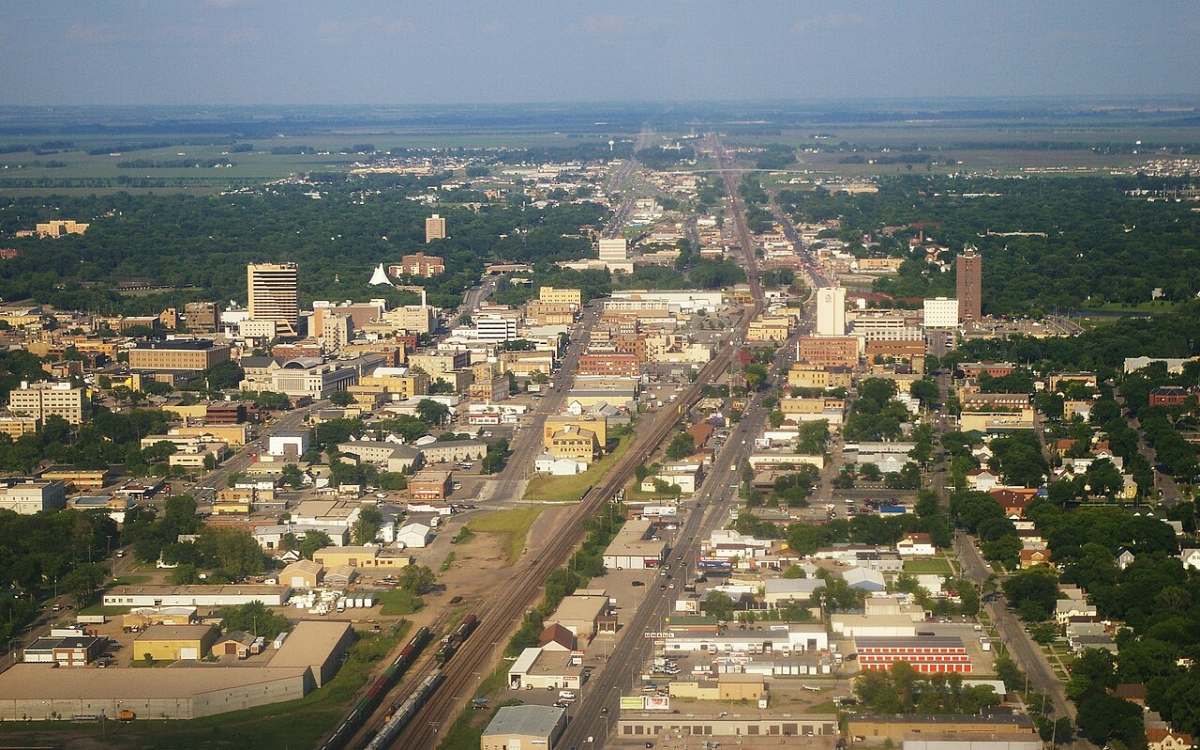
Fertilize your Fargo lawn in the early fall, around Labor Day. Before you fertilize, test your soil, dethatch, aerate, and overseed. Your fertilizer should be high in nitrogen, and contain 5 to 10 percent potash to improve cold-hardiness.
Fertilizing correctly leads to a green, healthy lawn. But fertilizing incorrectly has dire consequences. You could weaken your turf, contaminate your surroundings, or even harm local wildlife. Fertilizing by yourself is usually cheaper, but hiring a pro is much easier. Always be careful when you fertilize, and follow the instructions on the label.
Key Takeaways
Fertilize in the fall. The best time is around Labor Day. If you have blue grama, skip fertilizing, and buffalograss doesn’t need fertilizer.
Test your soil. This will tell you what nutrients it’s lacking so you can purchase a fertilizer with the right mix of nitrogen, phosphorus and potassium.
Use a fertilizer high in nitrogen. In the fall, you also want to use a fertilizer with 5 to 10 percent potash to improve cold-hardiness.
The cost of fertilizing. Between $11 and $248 to buy a spreader and then $27 to $72 per application if you do it yourself, or $130 to $350 per application if you hire a pro.
Follow the instructions. Use fertilizer carefully, following the instructions on the label. Use about 1 pound of actual nitrogen per 1,000 square feet.
The Schedule: When Should I Fertilize in Fargo?
Fertilize in the fall, around Labor Day. You don’t need to fertilize buffalograss or blue grama. These warm-season grasses do pretty well on their own without fertilizer. But if you really want to fertilize, buffalograss will respond to low levels of nitrogen from June to early August.
Why Fertilize in the Fall?
Early to mid fall is the best time to fertilize in Fargo because it’s when grass roots grow most actively. Additionally, fertilizing early in the fall repairs summer damage and prepares your lawn for the winter and the spring. Don’t fertilize in late fall. You could delay hardening of the turf, resulting in injury in the winter.
Avoid Fertilizing in Early Spring
You’ll only stimulate grass growth at the expense of your grass’s roots. And without strong roots, your grass won’t grow healthy. You’ll need to mow often and your grass will be more vulnerable to drought stress.
If you’ve set your mind on fertilizing as part of your spring lawn care, you can do your other application in late May. Make sure you test your soil so you know what nutrients it needs.
Pro tip: Leave grass clippings on your lawn after each mow to help your lawn thrive. Your grass will draw nutrients from them.
The Right Mix of Ingredients

The best fall fertilizer is high in nitrogen, low in phosphorus, and moderate in potash (e.g., 25-0-10). In late spring, you want to keep potash low.
The first step is to test your soil. Overfertilizing is harmful to your lawn and the environment. But in most cases, the best fertilizer for the fall is winterizing fertilizer. It’s designed to prepare the lawn to deal with winter stress.
Nitrogen is the Most Important Nutrient
Ideally, buy fertilizer with some slow-release nitrogen, because it will feed the lawn from the fall to the spring. However, fertilizers containing slow-release nitrogen are also typically more expensive.
Potash is Important for Winterizing
The next nutrient to look for is potash, which helps lawns tolerate winter stress., meaning around 5 to 10 percent. You want a higher content of potash in the fall. However, if you want to fertilize in the spring, keep potash low. Regardless of the season, you’re unlikely to need phosphate because it’s typically abundant in Fargo soils.
Fertilize Sparingly on Shady Lawns
You can use reduced fertilizer rates in the shade because they don’t need as much nutrition. You could actually harm shady lawns by overfertilizing. For instance, too much nitrogen may cause lawn diseases and weak roots.
The Cost: How Much Does It Cost to Fertilize in Fargo?
The cost of fertilizing your lawn is fairly minimal when you consider the benefits. You will spend anywhere from $11 for a small hand-held spreader to $248 for a top-notch spreader and then $27 to $72 per application if you do it yourself, or $130 to $350 per application if you hire a pro.
But if you want to fertilize on your own, you have to make sure you do it right. Can you do these jobs as well as a pro?
- Checking if you need dethatching and aeration before you fertilize
- Spreading the fertilizer evenly
- Using the right fertilizer at the right time
It doesn’t seem so easy, does it?
You can save time and effort by hiring a pro. Get your money’s worth by getting a fall lawn care bundle, so that your lawn is fully taken care of.
The Method: How to Fertilize Your Lawn in Fargo?
Prep Work
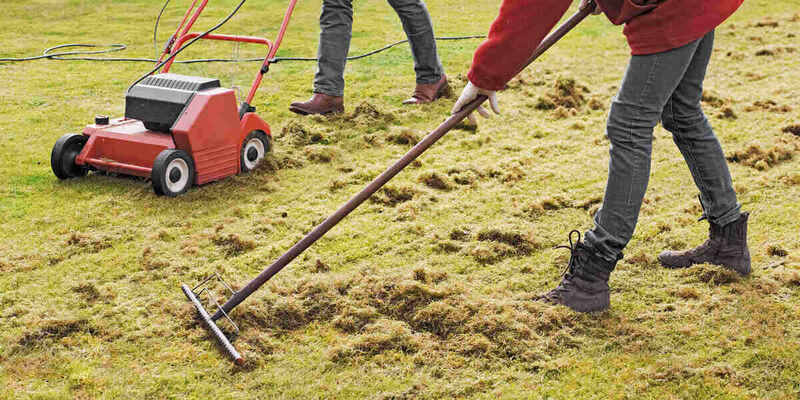
- Check how much thatch has accumulated in your lawn by taking a trowel or a spade and digging up a small wedge of your grass and soil. More than an inch of thatch poses a problem, and you need to dethatch.
- After dethatching, you should also aerate at least once a year. Doing so before overseeding and fertilizing is the best time.
- Overseed (see our article on lawn seeding in Fargo).
Steps for Fertilizing
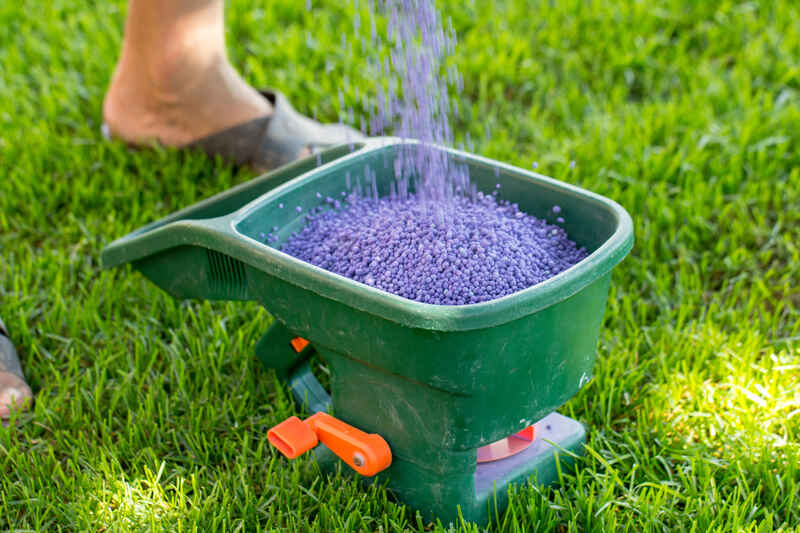
- Use 1 pound of actual nitrogen per 1,000 square feet. One pound of actual nitrogen is in four pounds of a 25 percent nitrogen fertilizer (for example, 25-3-3).
- Follow the instructions on your fertilizer label. Be careful, because you’re dealing with powerful stuff. Don’t use too much, and make sure your lawn stays undisturbed from children and pets.
- Apply your fertilizer in two directions, going at right angles to one another. This should prevent dark green stripes in your yard.
- When you finish, lightly water the fertilizer into the soil.
FAQ
Is there a bad time to fertilize?
Yes, never fertilize dormant grass, or you’ll make it susceptible to diseases. Moreover, fertilizing too late in the fall delays hardening the grass, which may injure it in the winter. Then, fertilizing too early in the spring stimulates growth but weakens roots.
Why is water important after fertilizing?
Grass can’t absorb the nutrients from fertilizer if it doesn’t get enough water. Here’s more about watering your grass: How Often Should I Water My Lawn?
Is organic fertilizer better?
Organic fertilizers, like chicken feather meal, are always slow-release and contain a variety of nutrients. That means they can’t provide a single specific nutrient readily to your grass. Their proportions are usually different from the exact nutrients your grass needs, especially in Fargo, where the soil is naturally rich in phosphorus. They’re also more costly.
However, organic fertilizers also have advantages. They don’t crust on the soil, they improve water movement, and they add structure. They also make the soil easier to work. And last but not least, they’re the best choice for the environment, but there’s a big but: only if you choose the correct proportions. An organic fertilizer that matches your soil test result is a great option.
Should I use weed and feed fertilizers?
Avoid weed and feed fertilizers because the best times to fertilize clash with the best times to control weeds. Plus, they’re bad for the environment. Instead, you can hand-pluck weeds or use spot sprays of liquid herbicide directly on weedy areas.
What is the best grass seed for Fargo?
The best grass seed for Fargo is typical North Dakota seed like:
- Tall fescue
- Hard fescue (a type of fine fescue)
- Buffalograss
- Blue grama
Get Help From a Pro
DIY fertilizing may appear cheaper at first, but only if you don’t take into account the time and effort it takes to learn to fertilize properly. Plus, there are also all the other seasonal lawn care jobs you need to do, like dethatching, aeration, and overseeding.
LawnStarter provides reliable and affordable lawn care pros in Fargo. Get an instant quote.
Main Photo Credit: Ron Reiring / Wikimedia Commons / CC BY 2.0
